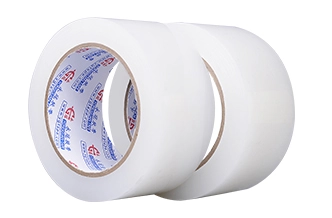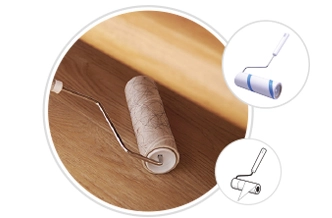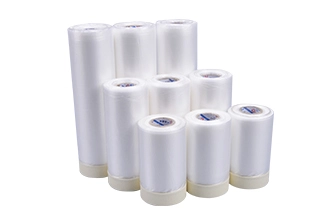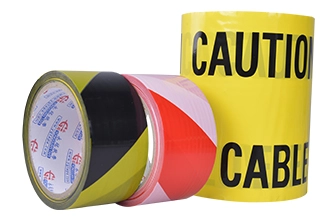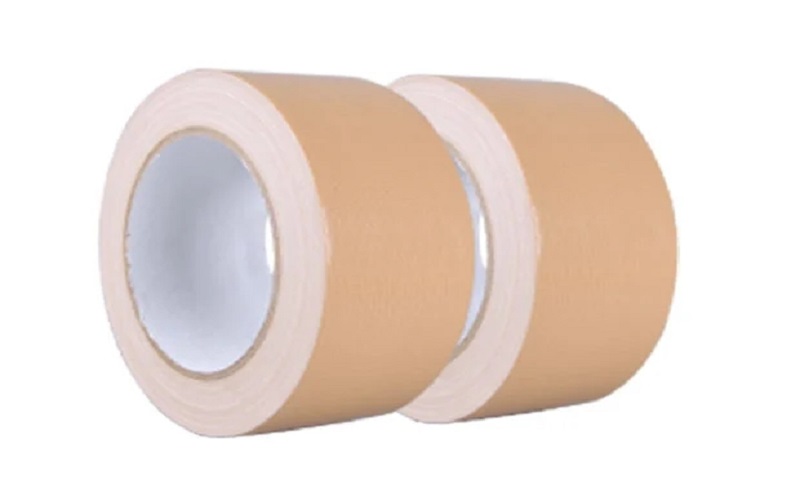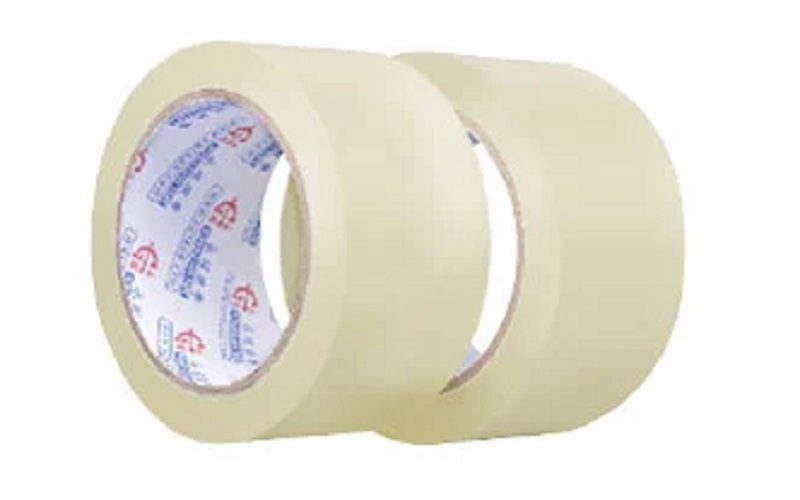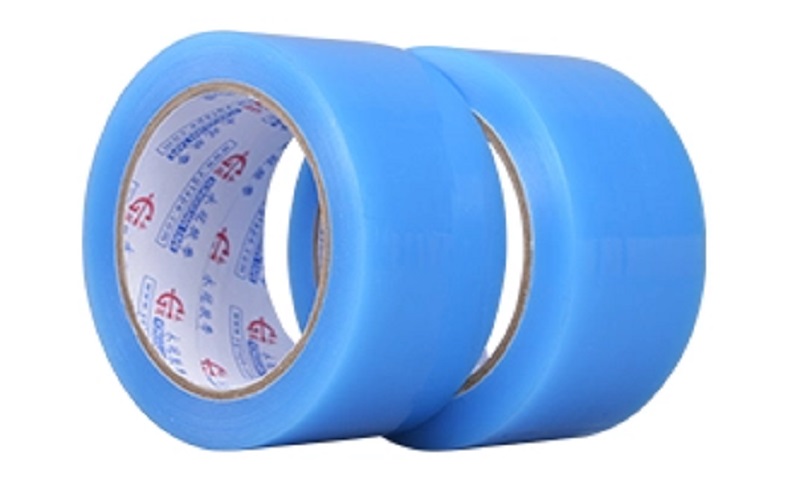When it comes to securing and protecting wire harnesses, PET cloth wire harness tape is an essential tool. Its high tensile strength, excellent abrasion resistance, and easy tearability make it a popular choice for professionals in various industries. However, like any other product, using it incorrectly can lead to subpar results or potential damage. In this blog, we will discuss four common mistakes to avoid when using PET cloth wire harness tape, ensuring a successful and long-lasting application.
One of the most crucial factors in achieving a successful wire harness tape application is selecting the right tape for the job. PET cloth wire harness tape comes in various widths and adhesive strengths, suitable for different purposes. Ensure you understand the specific requirements of your wiring project, such as the temperature range, abrasion resistance, and flexibility needed, before purchasing the tape. Choosing the wrong tape can result in poor adhesion, weak protection, or even tape failure.
Proper surface preparation plays a significant role in the adhesion and durability of the PET cloth wire harness tape. Before applying the tape, ensure that the surface is clean, dry, and free from any dirt, oil, or debris. Wipe the surface thoroughly and use appropriate cleaners or solvents to remove any contaminants. Additionally, consider using a primer if the surface requires enhanced adhesion. Ignoring these steps can compromise the tape's bonding ability and significantly reduce its effectiveness.
Applying the PET cloth wire harness tape with inadequate tension or overlapping can undermine the tape's ability to secure the wires properly. Insufficient tension will result in loose wraps that can easily unravel, exposing the wires. On the other hand, excessive tension can distort the tape, causing it to lose adhesion or compromise its effectiveness. Similarly, overlapping the tape too much can lead to bulkiness and difficulty in fitting into spaces, while too little overlap may not provide sufficient protection. Finding the right balance is crucial for a secure and tidy wire harness tape application.
PET cloth wire harness tape is designed to withstand specific temperature ranges. Ignoring these limitations can lead to tape failure and inadequate wire protection. If the tape is used beyond its recommended temperature range, the adhesive may lose its bonding strength or cause the tape to become brittle, resulting in cracks or tears. Always ensure that the temperature of the application environment falls within the tape's specified range and take necessary precautions, such as selecting a tape with a higher temperature tolerance if needed.
PET cloth wire harness tape is an effective tool for securing wire harnesses and ensuring their long-term protection. By avoiding common mistakes - such as choosing the wrong tape, improper surface preparation, inadequate tension and overlapping, and ignoring temperature restrictions - you can optimize the application process and maximize the tape's benefits. By understanding these potential pitfalls and following the correct procedures, you will achieve reliable and durable wire harness assemblies, preventing potential failures and costly repairs.


